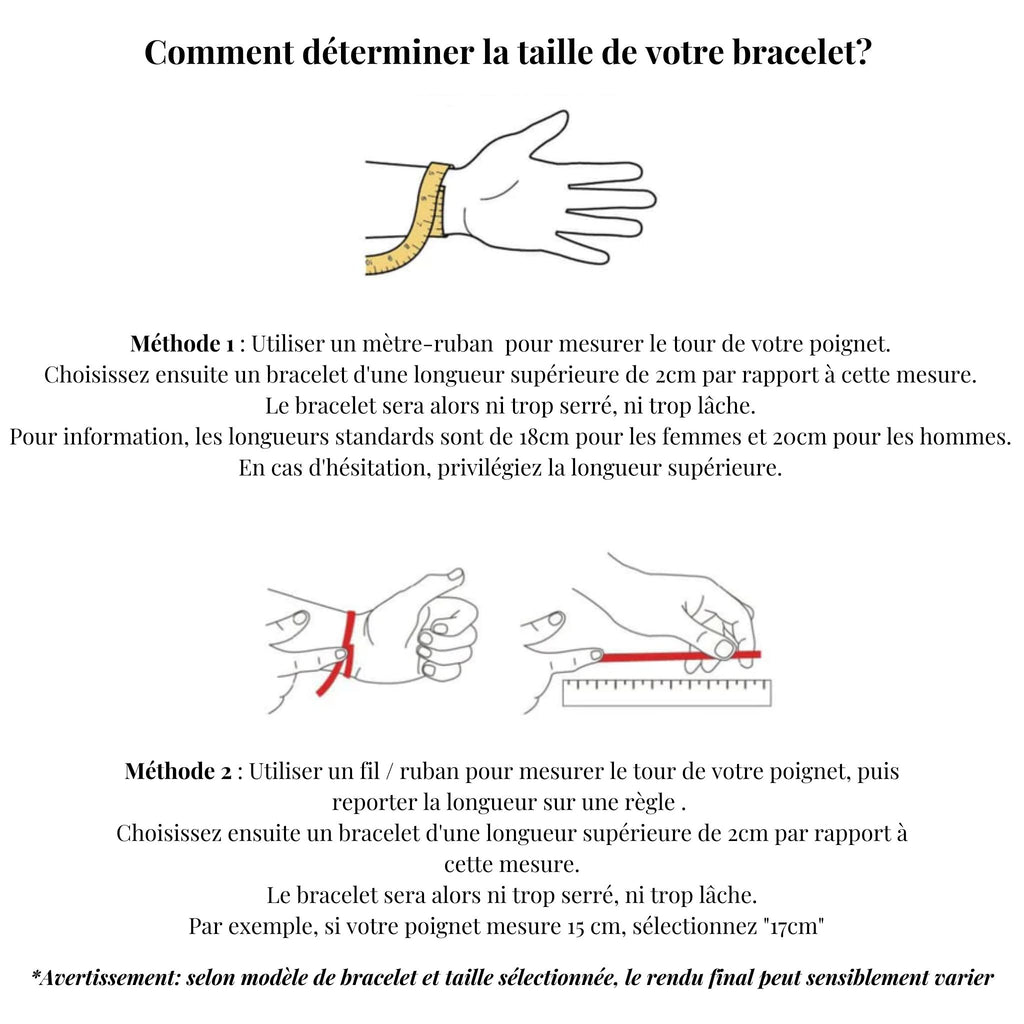
Do opals bring bad luck?
The opal's reputation is complex and it ebbs and flows depending on who wears it, who writes about it, and who makes up fictional stories about it. Many people have heard that opals bring bad luck , but no one can say precisely where they heard it or why they are considered unlucky. It was always thought to be an old wives' tale, but after some research, it is more a story started by old men, which continued throughout history and which has been reinforced in our minds by one of opal's biggest competitors...the diamond. Here are three solid sources of these superstitions.
In 1829, Sir Walter Scott wrote the book "Anne of Geierstein". In this story, the alluring princess Lady Hermione wears a dazzling opal in her hair that shines spectacularly when she is happy, but flashes red when she is not. The opal is then sprinkled with holy water and the color of the stone is destroyed. Lady Hermione then falls ill, faints and is taken to her room. The next morning, all we found was a small pile of ashes on his bed.
A few months after the publication of Sir Walter Scott's novel, the opal market collapsed and prices fell by 50%. Sir Walter Scott managed to destroy the European opal market for at least 20 years with a work of fiction that could have featured any type of stone.
The opal market was revived during the reign of Queen Victoria , in the mid-1800s. Queen Victoria loved opals passionately and gifted one to each of her 5 daughters. The Queen had an impressive collection of opals and the fashion world followed the British royal court. Opals suddenly became popular again.
Then, at Christmas 1874, Charles Dickens wrote a story called "The Opal Ring" in his weekly periodical "All Year Round." The story is based on superstitions and features an opal that has a habit of bringing bad luck to its owners. Bad luck followed the opal, and once again a work of fiction cast superstition on opals.
In 1877 , an astonishing black opal was discovered in South Wales, Australia. Australia's new opal industry began with ambitious miners who worked (and sometimes died) in the remote outback. Tullie Cornthwaite Wollaston, born in South Australia in 1863, braved dangerous living conditions to acquire opals from early miners in remote and desolate areas. In 1889, Wollaston sailed to England with a package of raw Australian opals to introduce them to the rest of the world. By 1890, he was in London, looking for designers who could cut and polish his rough stones to match his vision. London gem dealers were unaccustomed to Australian opals and refused to buy them. He persisted and De Beers, in London, is said to have been one of the first dealers to cut and polish black opals.
Australian opals have slowly been gaining ground in Europe. Percy Marks, an Australian jewelry designer, began working on them and put together a collection for public display. In 1908 he went to London and won the grand prize at the Franco-British exhibition. Europe was suddenly fascinated and celebrities and nobility began wearing Australian opals.
De Beers, the diamond giant, panicked.
There have been many rumors that De Beers has revived old superstitions that opals attract bad luck. The European diamond market was in decline due to demand for Australian black opals. Percy Mark's company in Australia was contacted to ask if they were aware of the history of De Beers and opals and this was the response they got from Cameron Marks, a direct descendant of Percy Marks...
"My great-grandfather traveled to England in the early 1900s to show opal and learned that the De Beers company had disparaged opal by saying it cracked and any stone that cracked crack brings bad luck. He thought they were afraid of it and that's why they said that, but it grew and was always a myth, but in all the books I read , no one officially says that it brings bad luck.
The Chinese think that opal brings good luck! I haven't met anyone who had bad luck wearing opal and we've sold a lot of them in 120 years. I think it’s just one of the things people say when they don’t like opal.”
Did De Beers try to sabotage the opal industry by telling tales of woe and curses caused by the gem? Did they revive the fictional stories written by Sir Walter Scott and Charles Dickens? Many sources seem to think so, some even say they have launched multi-million dollar campaigns against opals. Direct evidence of anti-opal advertisements has not been found, but perhaps they employed a marketing strategy of whispering ominously into the ears of potential buyers.
De Beers has been adept at planting seeds in people's minds. In 1938, it launched an elaborate advertising campaign to promote its diamonds in the United States.
It evolved into the slogan “A diamond is forever”. In 1999, these four words were named the first advertising slogan of the century. When diamond sales lagged since the Great Depression, there was an emotional investment attached to them. Diamonds were synonymous with eternal love. Their early advertisements suggested that a man spend at least a month's salary on an engagement ring. In the 1980s, the rule was to spend two months' salary, and today it has increased to three. Before World War II, only 10% of engagement rings contained diamonds. Today, diamond engagement rings are the norm, promising endless romance and companionship, and 80% of American brides wear a diamond engagement ring. They have become a tradition, entirely because De Beers created an emotional connection between diamonds and love. This is an incredibly powerful ad.
So... are opals really bad luck? Or have we been carefully conditioned to think so?















